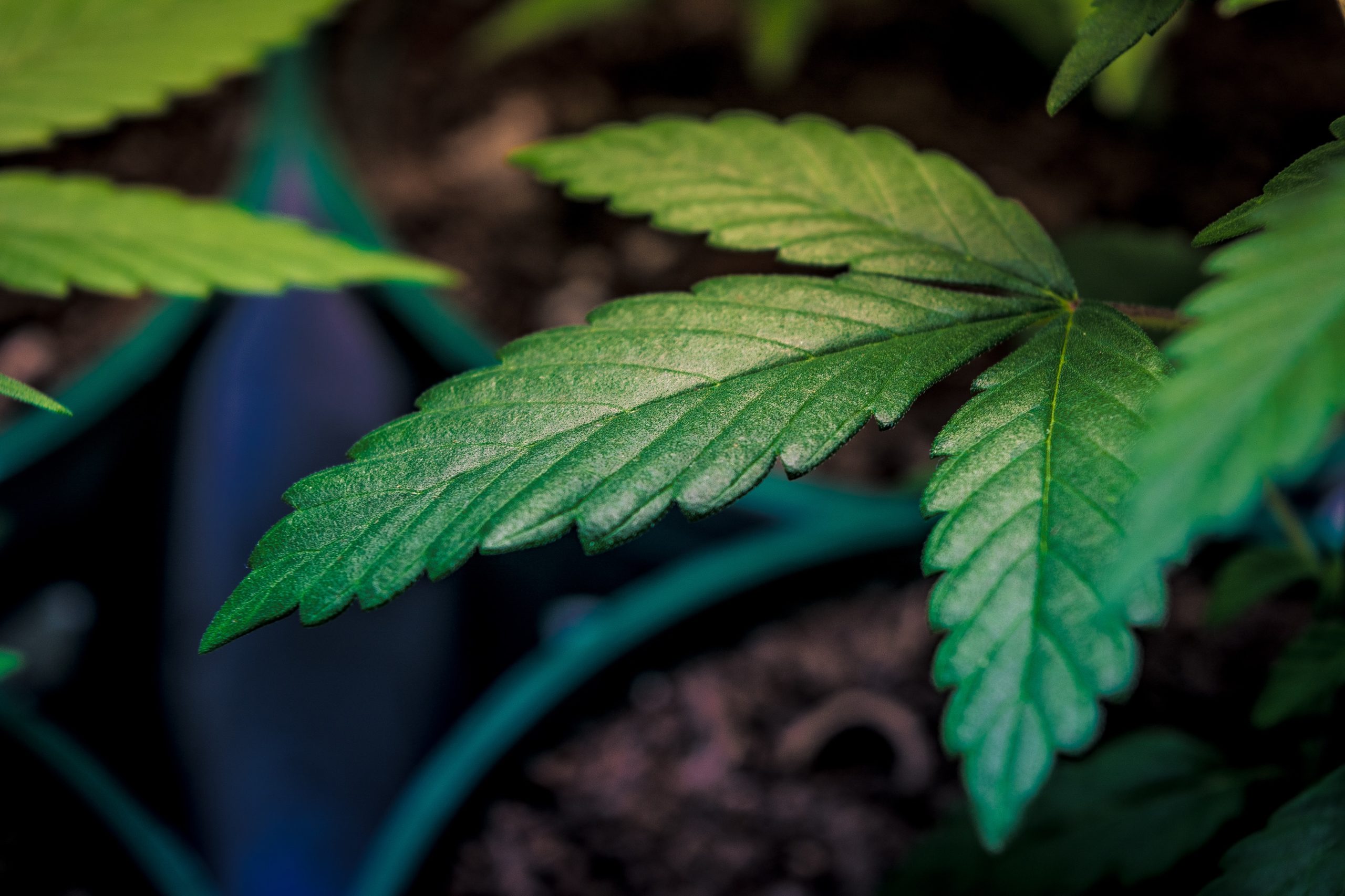Seaside Cannabis Sustainability: Riding the Eco-Wave to a Greener Future
The intersection of cannabis cultivation and environmental sustainability is gaining traction, especially in seaside regions. The concept of Seaside Cannabis Sustainability envisions a harmonious coexistence between cannabis production and eco-conscious practices. This article delves into the intriguing journey of cannabis cultivation by the sea, showcasing how it aligns with eco-friendly initiatives and fosters a greener future.
Seaside Cannabis Sustainability: Riding the Eco-Wave
Cannabis cultivation is evolving beyond its traditional bounds, embracing eco-conscious methodologies. Seaside Cannabis Sustainability embodies this evolution, emphasizing sustainable practices that minimize the environmental footprint of cannabis cultivation. This approach harnesses the unique benefits of seaside environments to create a greener and more sustainable cannabis industry.
The Eco-Wave Advantage: Seaside Cannabis Cultivation
Cultivating cannabis by the seaside presents a range of advantages that contribute to sustainability. The proximity to the ocean offers natural resources that can be harnessed for cultivation, such as saltwater and ocean breezes. These elements can reduce the need for excessive water usage and artificial ventilation, resulting in a more environmentally friendly process.
Harnessing Natural Resources: Saltwater and Cannabis Growth
Seaside Cannabis Sustainability capitalizes on the utilization of saltwater for irrigation. The high saline content in seawater stimulates the plants’ metabolic processes, resulting in healthier and more resilient cannabis crops. This method reduces reliance on freshwater sources, addressing one of the key concerns in traditional cultivation methods.
Breezy Benefits: Wind as a Natural Ventilation System
The coastal winds play a pivotal role in Seaside Cannabis Sustainability. These breezes act as a natural ventilation system for cannabis cultivation facilities, reducing the need for energy-intensive artificial ventilation. By harnessing the power of wind, cultivators can significantly lower their carbon footprint while maintaining optimal growing conditions.
Nurturing Biodiversity: Seaside Microclimates
Seaside environments boast unique microclimates that foster biodiversity. These microclimates create a nurturing habitat for beneficial insects and wildlife that contribute to natural pest control. By minimizing the use of synthetic pesticides, Seaside Cannabis Sustainability encourages a healthier ecosystem and promotes sustainable agricultural practices.
Water Management: Mitigating Environmental Impact
Water scarcity is a global concern, making efficient water management a vital component of Seaside Cannabis Sustainability. Coastal cannabis cultivation embraces techniques like drip irrigation and rainwater harvesting. These practices not only conserve water but also reduce soil erosion and minimize the risk of polluting nearby water bodies.
Community Engagement: Empowering Local Economies
Seaside cannabis cultivation can also have a positive impact on local communities. Seaside Cannabis Sustainability promotes community engagement by creating job opportunities and supporting local businesses. This symbiotic relationship between the cannabis industry and the community contributes to a greener economy while fostering social well-being.
FAQs
Q: Is seaside cannabis cultivation more environmentally friendly?
A: Yes, seaside cannabis cultivation embraces natural resources and eco-friendly practices, reducing the environmental impact compared to traditional methods.
Q: How does saltwater contribute to cannabis growth?
A: Saltwater contains essential minerals that stimulate plant growth, resulting in healthier and more robust cannabis crops.
Q: What role do coastal winds play in sustainability?
A: Coastal winds act as a natural ventilation system, reducing energy consumption and promoting eco-friendly cultivation.
Q: Can seaside microclimates benefit cannabis cultivation?
A: Yes, seaside microclimates support biodiversity and natural pest control, reducing the need for synthetic pesticides.
Q: How does water management contribute to sustainability?
A: Efficient water management techniques, such as drip irrigation and rainwater harvesting, conserve water and minimize soil erosion.
Q: What impact does seaside cannabis cultivation have on local communities?
A: Seaside cannabis cultivation creates job opportunities and supports local businesses, fostering economic growth and community development.
Conclusion
Embracing Seaside Cannabis Sustainability paves the way for a brighter and greener future. By integrating eco-conscious practices, harnessing natural resources, and fostering community engagement, the cannabis industry can play a pivotal role in sustainable development. As the eco-wave gains momentum, the vision of a harmonious coexistence between cannabis cultivation and the environment becomes a tangible reality. Seaside cannabis cultivation is more than a trend; it’s a transformative journey towards a greener tomorrow.

